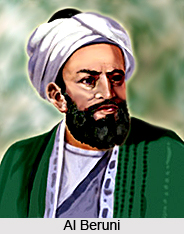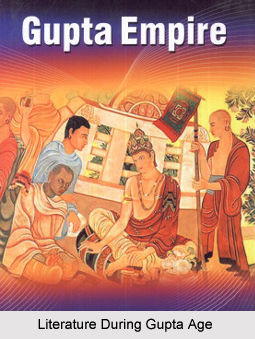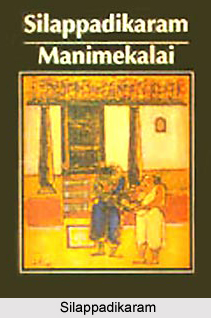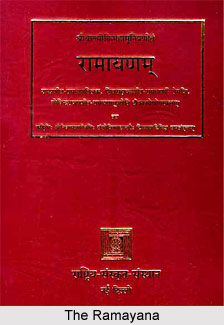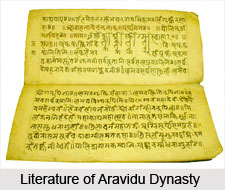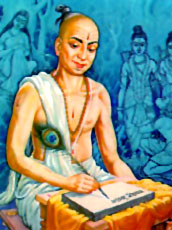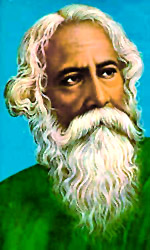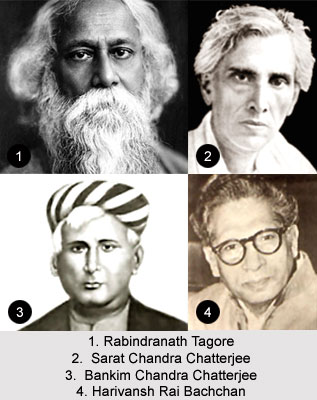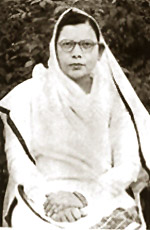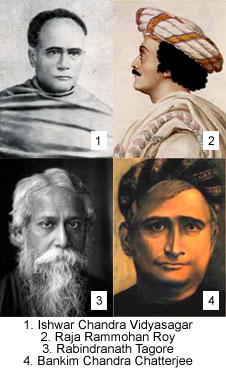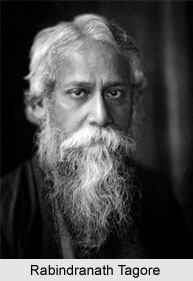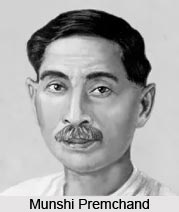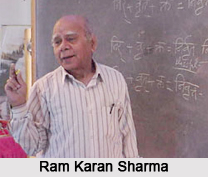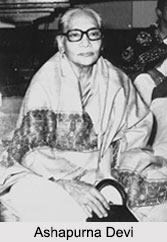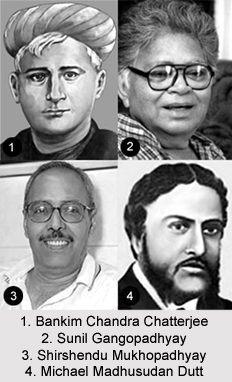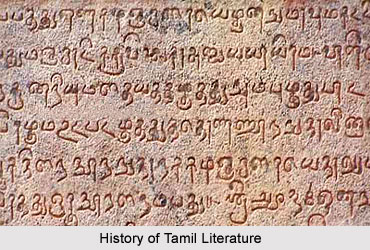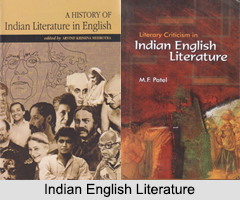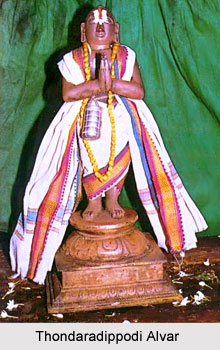 Thondaradippodi Alvar or Vipra Narayanar was a renowned Tamil Vaishnava poet saint and is one of the much renowned 12 Alvar mendicant saints from southern India, who are recognized for their association to Vaishnava tradition of Hinduism. He was also known as Bhaktanghri Renu Swami and devoted his life to the service of Lord Narayana. He was an ardent follower of Perumal (Lord Vishnu) and worshipped the Lord with garlands of flowers. He was a follower of the Vaishnava Bhakti philosophy. Thondaradippodi Alvar has composed the literary works of Tirumaalai and Tiruppalli Ezuchi, devoted to Lord Vishnu. Thondaradippodi was an Alvar saint and a follower of Vaishnavism.
Thondaradippodi Alvar or Vipra Narayanar was a renowned Tamil Vaishnava poet saint and is one of the much renowned 12 Alvar mendicant saints from southern India, who are recognized for their association to Vaishnava tradition of Hinduism. He was also known as Bhaktanghri Renu Swami and devoted his life to the service of Lord Narayana. He was an ardent follower of Perumal (Lord Vishnu) and worshipped the Lord with garlands of flowers. He was a follower of the Vaishnava Bhakti philosophy. Thondaradippodi Alvar has composed the literary works of Tirumaalai and Tiruppalli Ezuchi, devoted to Lord Vishnu. Thondaradippodi was an Alvar saint and a follower of Vaishnavism.
Early Life of Thondaradippodi Alvar
Thondaradippodi Alvar was born in a small village in the Tamil country in Prabhava year, in the Tamil month of Margazhi, Krishna Chaturthi, in Kettai (Jyestha) Nakshatram, to father Veda Visaradhar. His father belonged to the community of Kudumi Sozhiyap Brahmanar, who were also known as the Vipra people. The routine work of the people of Kudumi Sozhiyap Brahmanar community is to worship and praise about Lord Vishnu. Thondaradippodi Alvar was named as Vipra Narayanar on the 12th day after his birth. He taught the traditions of Bhakti and to worship Vishnu from an early age. Thondaradippodi grew up with a pleasing personality and treated all the aged and younger persons in the similar way and paid them proper respect. He was completely devoted to Vishnu Bhakti.
Thondaradippodi Alvar as a Vaishnava Saint
According to legends, the commander-in-chief of the troop of Lord Vishnu named Viswakshenan, descended to earth and told Thondaradippodi Alvar the purpose of his birth and the way she he should follow to acquire Moksha (liberation). After realizing his true objective, the Thondaradippodi showed much devotion and love to the Lord and decided to dedicate his life to Lord Narayanan. He decided to go to the supreme sthalam (temple) amongst all of the sthalams dedicated to Lord Vishnu, the Srirangam, which is situated on the banks of Kaveri River.
After he reached the Srirangam temple, Thondaradippodi Alvar went to the Moolavar Sannadhi and was much pleased to view the Perumal on the Aadhiseshan (snake), found in resting stance. After bearing in mind the splendour of Sri Ranganathar, Thondaradippodi did not wish to view any other things that were situated around the temple. He thought about his devotion to the Lord and decided to devote and spend the rest of his life for Aranganathan. After a long thought the poet saint decided the best possible way for him to express his love and devotion for Lord Vishnu (emperumaan) was to offer the Lord with a garland of flower on a daily basis. Thondaradippodi Alvar, through his dedication, also built and established a huge flower garden or Nandhavanam in Srirangam, where several beautiful and aromatic flower plants were grown.
Thondaradippodi Alvar as a Poet
Thondaradippodi Alvar, the poet saint, made significant contribution to Tamil literature with his compositions. Among the numerous devotional poems in Tamil literature, Thondaradippodi Alvar composed the Tirumaalai which contains 45 paasurams or hymns; and also the Tiruppalli Ezuchi, which contains only 10 verses. Both of the literary works written by the Alvar saint were devoted to Lord Vishnu.

